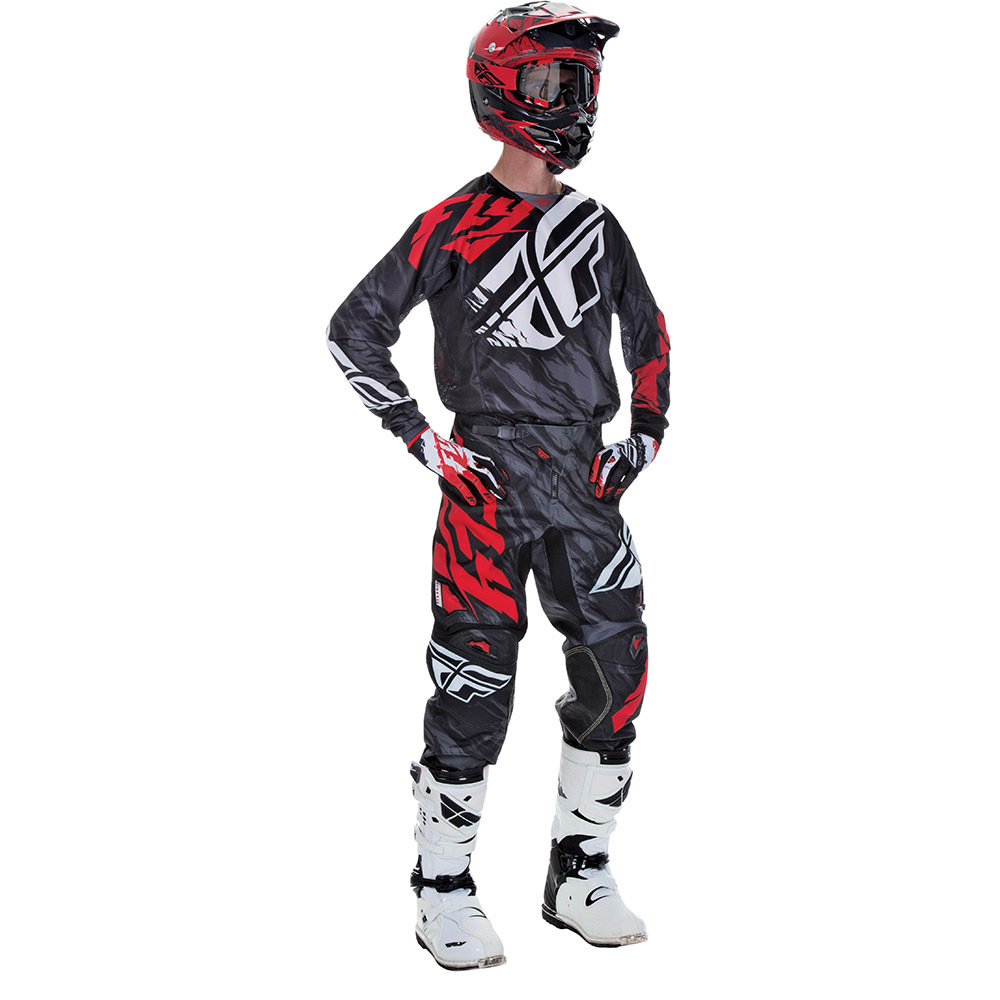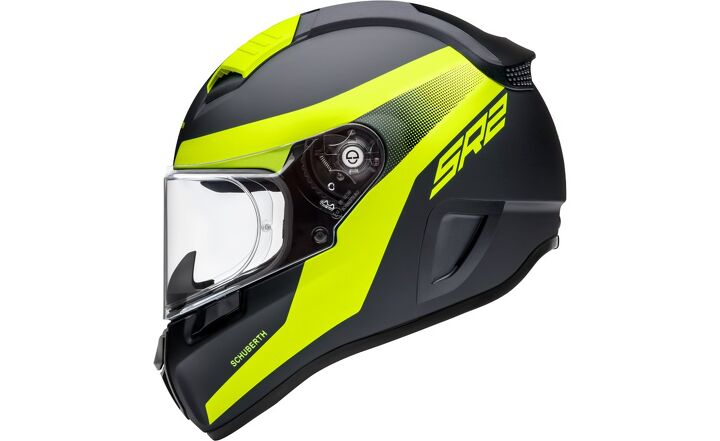
While motorcycle airbags had been in use as early as 2007, it wasn’t until the 2010s that motorcycle airbags became a staple of protection for racers in the MotoGP class. The 2010s was the decade of widespread use of motorcycle airbags, which were a game changer as far as racer protection was concerned. This was only possible thanks to the use of light construction materials such as carbon fiber and microfiber (the latter material used in the construction of racing boots’ chassis). Lastly, racing boots started incorporating bracing mechanisms during the 2000s to prevent torsion injuries to the lower limbs.



Likewise, chest armor became commonplace among racers as well as external armor at the shoulders, elbows and knees to increase abrasion shielding in high-speed lowsides. Motorcycle armor also became more impact absorbing and compliant in the 2000s thanks to the introduction of EN standards specific to limb armor and back armor.
#Motorcycle race gear professional
The 2000s were a turning point for racing protective gear thanks to increased research and testing and the introduction of EN standards, which served as starting points when designing the protection worn by professional racers.īelow is a photograph of the same limb armor worn by MotoGP riders sponsored by Alpinestars during the 2000s the armor is CE certified to the EN 1621-1 standard which was originally set in 1997 and then revised during the 2000s.ĭuring the 2000s (and as the MotoGP class was introduced), many new construction materials were introduced to make racing protective gear both lighter and more comfortable without sacrificing overall protection.Ĭonstruction materials such as kangaroo skin, titanium, carbon fiber, microfiber and Kevlar were among new materials implemented in the construction of racing suits, racing gloves, racing helmets and racing boots. 2000s: Introduction of safer and compliant materials in protective gear Racing suits continued to be heavy during the 1990s, although design improvements such as stretch panels and tailored fitting made the racing suits of the ’90s somewhat more tolerable than those of the ’80s. 1990s: Motorcycle armor becomes prevalentīy the 1990s, the two major improvements in protective gear for racers was the widespread adoption of motorcycle armor across the main impact points (knees, elbows, shoulders and back) as well as the revamping of racing gloves from being mere leather mittens to being full-on armored marvels designed to shield the hands of racers in high-speed crashes. It’s imperative to remember that racing motorcycles became increasingly faster and heavier, so racing suits had to be designed to shield riders at speeds that hadn’t been considered decades earlier. In the 1980s, racing boots became more sophisticated in protection with a thick leather chassis incorporating flexible outsoles for improved performance as racers in the 1980s really began to adopt hyper-leaning stances during races.Ī frequent complaint in the 1980s among racers was the sheer weight of racing suits since these were quite thick in order to shield racers when going down at high speeds. 1980s: Thicker racing suits due to increased crashing speeds gauntlets) for increased abrasion shielding to the forearms. Here’s none other than the legend himself, Giacomo Agostini (in his older age), wearing a typical racing suit from the 1970s. Racers also started wearing racing suits rather than the crude combination of a thin leather jacket and leather pants that was so common with racers in the ’50 and ’60s. In the 1970s, the major improvement in protective gear for racers was the introduction of full-face helmets with integrated visors, which reduced the number of deaths on track in spite of the motorcycles being raced being faster than those of the previous two decades. 1970s: Full-face helmets and racing suits

Helmets were mere half helmets offering bare protection to the head, and eye protection consisted of basic goggles.Ĭasualties and serious injuries were common in these two decades due to the basic protection worn by racers. In the ’50s and ’60s, racers would wear thin leather jackets and pants complemented with short gloves made of thin leather or cotton. A History Lesson on the Evolution of Protective Racing Gear for MotoGP ridersĪside from the impressive evolution in racing technology that has totally transformed current-day MotoGP and professional motorcycle racing, improvements in protective gear have also allowed for the advancing of our much-cherished motorsport.Īfter all, the racing motorcycles of today are much, much faster than those from yesteryear, so it gradually became more important to keep racers well protected with motorcycle garments that would not impede racing performance.Įrgo, here’s an outline on the evolution of protective gear for professional motorcycle racers.


 0 kommentar(er)
0 kommentar(er)
